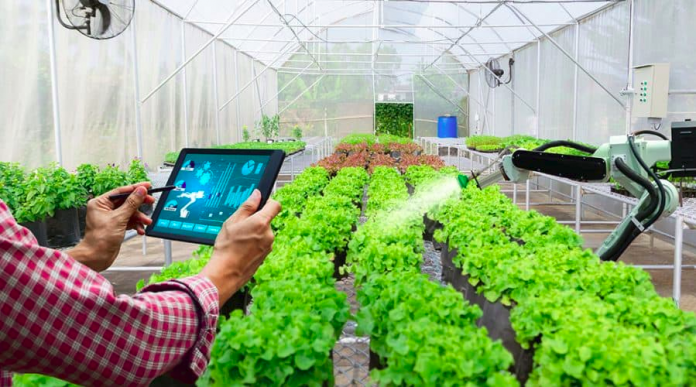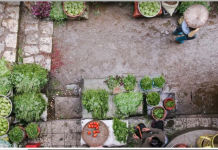This article features the top five best trends of precision agriculture technology in 2021
It Satellite farming or site-specific crop management (SSCM) is a farming management concept based on observing, measuring, and responding to inter and intra-field variability in crops. The goal of precision agriculture research is to define a decision support system (DSS) for whole-farm management with the goal of optimizing returns on inputs while preserving resources.
The practice of precision agriculture has been enabled by the advent of GPS and GNSS. The farmer’s and/or researcher’s ability to locate their precise position in a field allows for the creation of maps of the spatial variability of as many variables as can be measured (e.g., crop yield, terrain features/topography, organic matter content, moisture levels, nitrogen levels, pH, EC, Mg, K, and others).
Similar data is collected by sensor arrays mounted on GPS-equipped combine harvesters. These arrays consist of real-time sensors that measure everything from chlorophyll levels to plant water status, along with multispectral imagery.
This data is used in conjunction with satellite imagery by variable rate technology (VRT) including seeders, sprayers, etc. to optimally distribute resources. However, recent technological advances have enabled the use of real-time sensors directly in the soil, which can wirelessly transmit data without the need for human presence.
Trends of this Technology
1. DIGITAL FARMING, SMART TECHNOLOGY
Smart technology, such as precision sprayers, also plays a huge role. Once farmers know where pesticides are needed, they can program the sprayer to cover those areas rather than the entire field—increasing profits while also protecting the environment.
2. DATA INTEGRATION AND COLLECTION
Integrating drone and satellite data as well as ground inputs is the next big step that will advance precision agriculture.
3. Weather Forecast
Precision Agriculture technology can also help the farmers predict the weather so that it could help in harvesting and cropping.
4. FIELD MANAGEMENT
Equipment used on farms will continue to become smaller and start to replace people, Love said. He sees fleets of machines handling planting and other field work, leading to greater efficiencies.
5. Sensor and Robots
Sensors and robots, both on the ground and in the air, will be more specialized, Colby said. Farmers and agronomists will be able to collect very specialized data, translating into better information, improved efficiencies, and cost savings.















